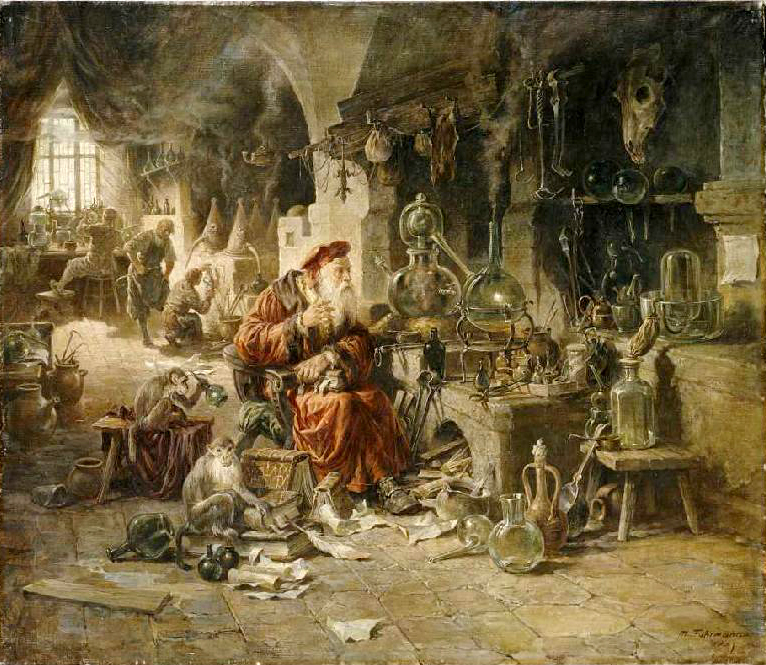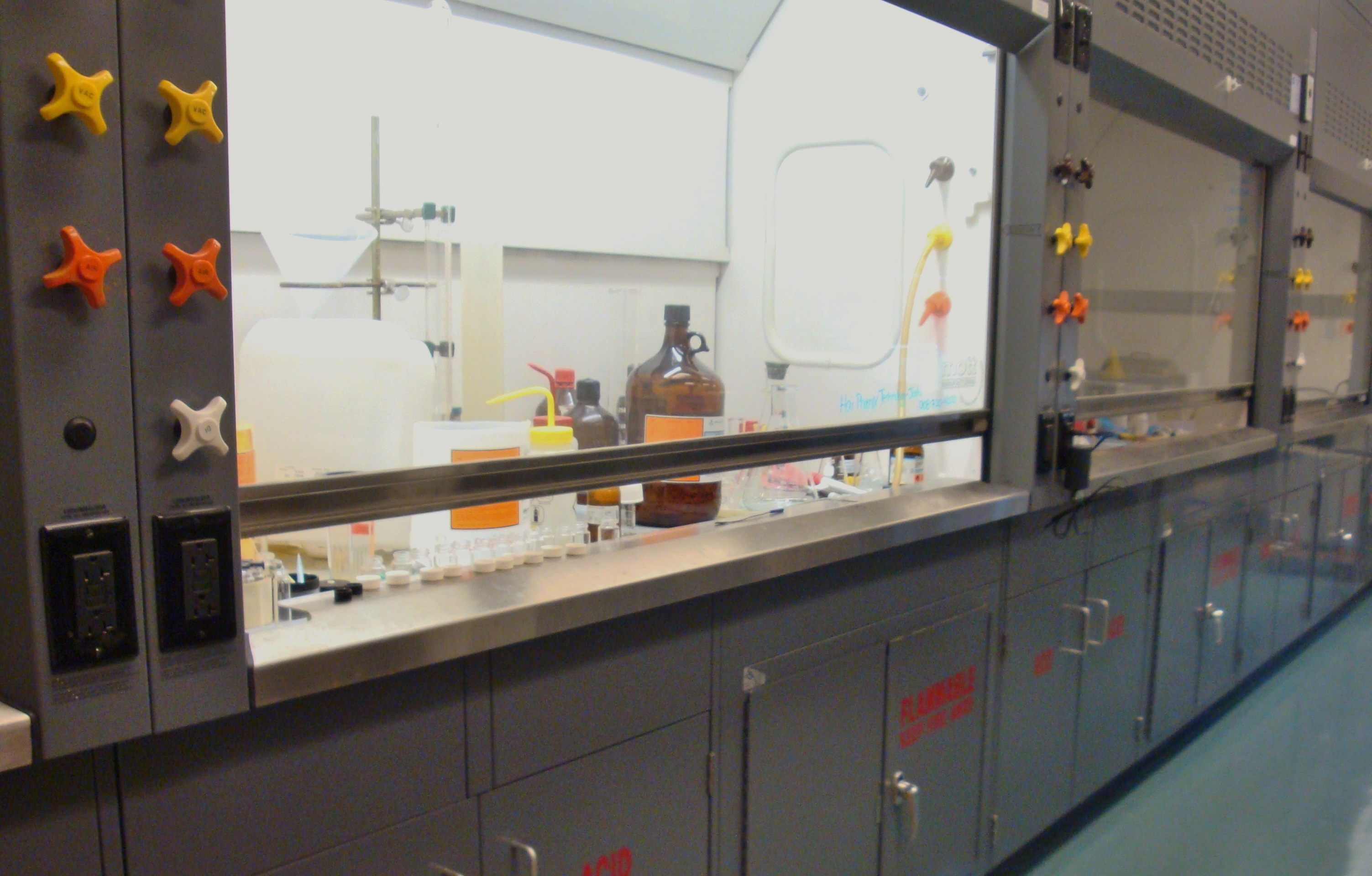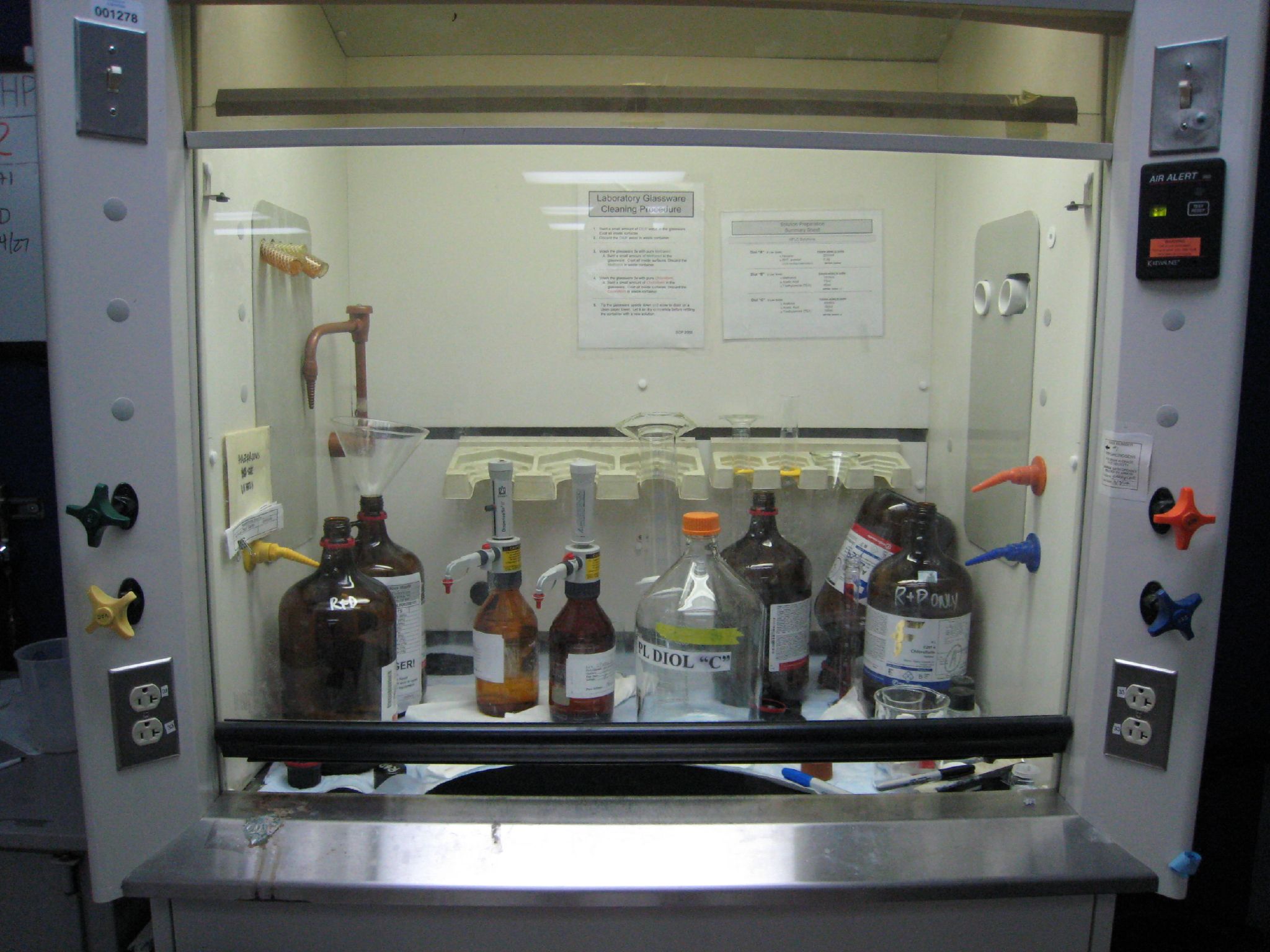A significant amount of research in the United States is conducted in research universities — over $70 billion annually, according to the National Science Foundation (LEARN MORE HERE). Unlike private industry, where facilities can be located away from population centers, many campus laboratories are located in dense populated areas because researchers enjoy their work in a lively campus setting. Keeping these facilities safe and sustainable is challenging anywhere but especially so in a setting where education and research takes place in close proximity.
One of the core documents for leading practice is ASHRAE 110 — Method of Testing Performance of Laboratory Fume Hoods. Keep in mind that in the emergent #SmartCampus a fume hood is part of an integrated system that not only includes environmental air systems but electrical, telecommunication, and fire safety systems.
ASHRAE 110 provides a starting point for assessing a wide variety of factors that influence the performance of laboratory fume hoods. The ability of a laboratory hood to provide protection for the user at the face of the hood is strongly influenced by the aerodynamic design of the hood, the method of operation of the hood, the stability of the exhaust ventilation system, the supply ventilation of the laboratory room, the work practices of the user, and other features of the laboratory in which it is installed. Therefore, there is a need for a test method that can be used to evaluate the performance including the influences of the laboratory arrangement and its ventilation system.
From the project prospectus:
Purpose. This standard specifies a quantitative and qualitative test method for evaluating fume containment of laboratory fume hoods.
Scope: his method of testing applies to conventional, bypass, auxiliary-air, and VAV laboratory fume hoods. (2) This method of testing is intended primarily for laboratory and factory testing but may also be used as an aid in evaluating installed performance.
The 2016 revision is the current version; made the following improvements to the 1995 edition:
• The test procedures now require digital collection of data rather than allowing manual data collection.
• Some modifications have been made to the test procedure. These modifications were made based on the experience of the committee members or to clarify statements in the 1995 edition of the standard.
• Informative Appendix A, which provides explanatory information, has been expanded.
• Informative Appendix B, a new nonmandatory section, provides guidance to anyone using the standard as a diagnostic tool in investigating the cause of poor hood performance.
ASHRAE has recently upgraded its public participation platform; available in the link below:
Public Review Draft Standards / Online Comment Database
ASHRAE 110 is not a continuous maintenance document (that can change in 30 to 90 day intervals). We encourage our colleagues involved in university-affiliated research enterprises who have an idea, data and/or anecdotes to key in their idea, data or anecdote — particularly faculty and students. While we recognize that conformance professionals (i.e. “inspectors”) have a very informed point of view about safety; they may not place ideas for lower costs at the top of their agenda. It is a fine line we must hew in the education industry — respecting the experience and priorities of risk managers while at the same coming up with ideas that make laboratories safer, simpler, lower-cost and longer-lasting that may reduce their billable hours.
We find that environmental air safety goals often compete with fire safety goals and both compete with sustainability goals. Conversations about the optimal approach to converting to variable volume fume hood systems from constant flow are common:
LINK TO ASHRAE VARIABLE VOLUME FUME HOOD BIBLIOGRAPHY
As an ANSI accredited continuous-maintenance standards developer ASHRAE technical committees receive public comment at any time; though action on revising the standard must follow the accredited process. State level adaptations — with respect to technical specifics or compliance paths or both — are always possible. As explained elsewhere, Standards Michigan generally advocates for scalable, site specific solutions to laboratory safety system operation and maintenance, though we understand that enforcement and compliance interests prefer bright-line, single-point solutions that are easy to enforce.
All ASHRAE standards are on the agenda of our Mechanical Engineering teleconference. See our CALENDAR for our next conversation on this subject; open to everyone.
Category: Mechanical
Colleagues: Richard Robben, Mark Schuefele, Larry Spielvogel











